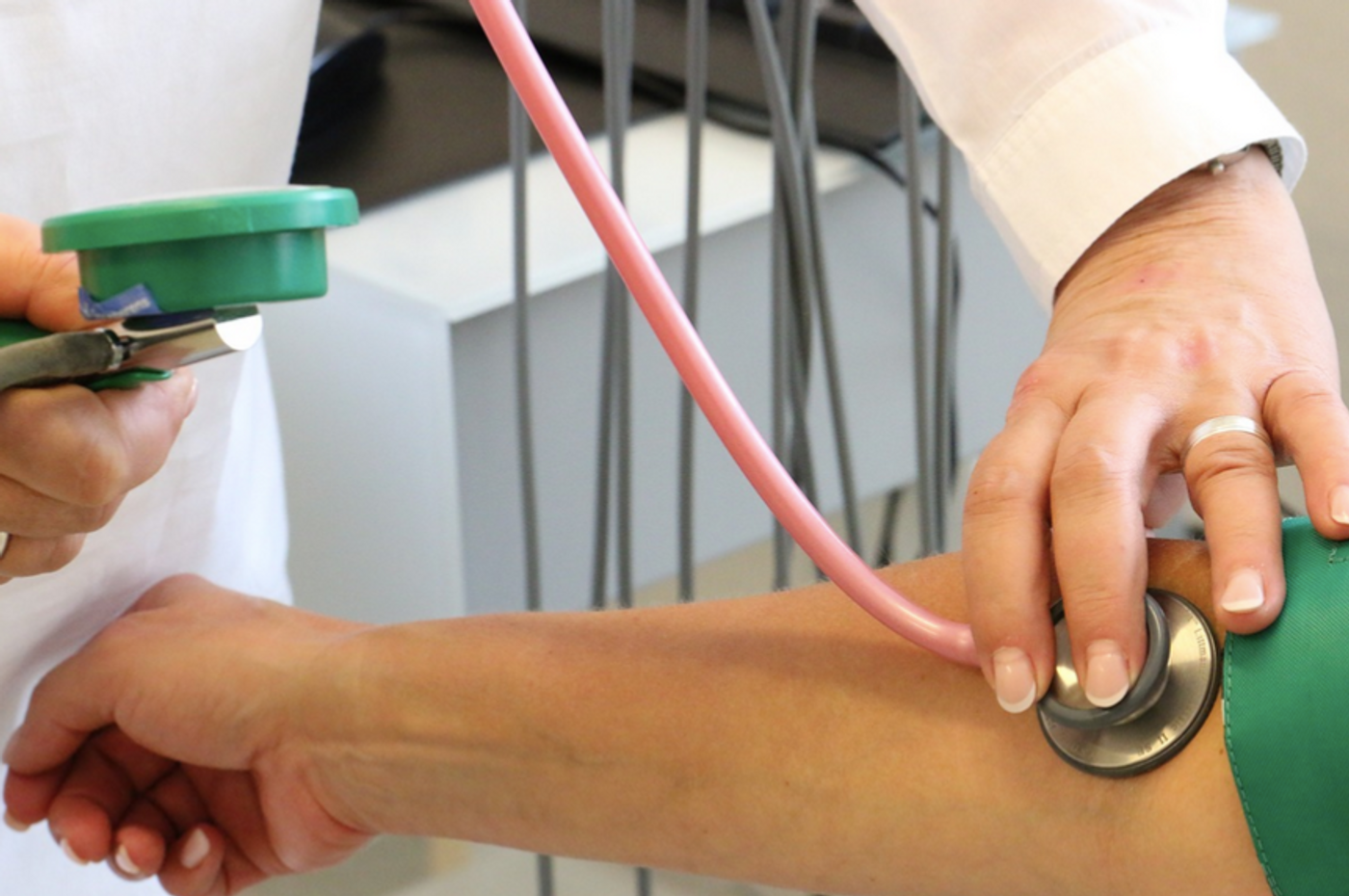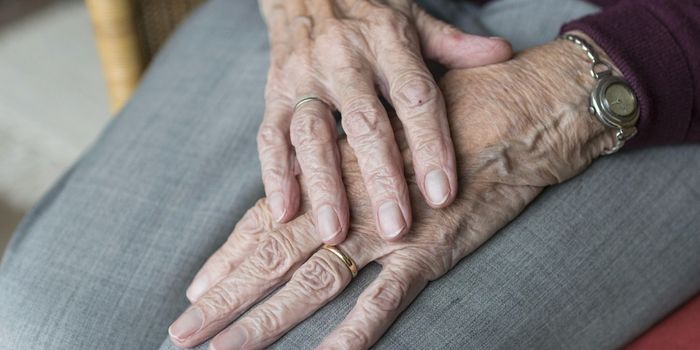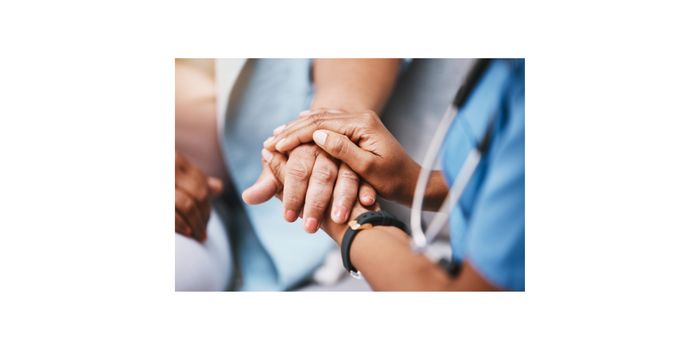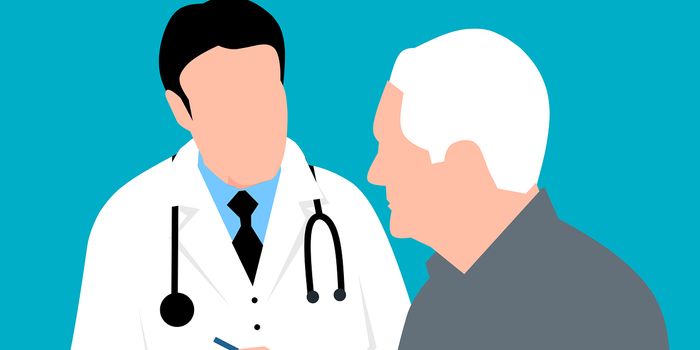Blood Pressure Readings May be Elevated by Arm Positions
When blood pressure readings are taken, people are often sitting in a chair with their arm hanging at their side. A new study has shown that this arm position may actually be dramatically affecting the reading, and could lead to incorrect diagnoses of hypertension.
Researchers evaluated blood pressure readings that were taken while arms were in different positions with a group of 133 volunteers with ages ranging from 18 to 80 years. Blood pressure readings were taken in a quiet environment after a brief rest period while a volunteer's arm was supported on a desk; while supported by the volunteer's lap; and when hanging, unsupported at the volunteer's side. The measurements were taken in triplicate, and the volunteers were asked not to use their mobile devices or interact with the investigators during this time.
Reporting in JAMA Internal Medicine, scientists determined that an arm supported by the lap could lead to overestimated systolic blood pressure readings, the top number of the measurement, by about 4 mmHg, while arms that were hanging at sides, unsupported, led to overestimated systolic pressure readings of about 7 mmHg.
These findings have suggested that the position of a patient's arm during a blood pressure reading is actually important. They confirm that positioning can make a “huge difference” in readings, said senior study author Tammy Brady, MD, PhD, vice chair for clinical research in the Department of Pediatrics at the Johns Hopkins University School of Medicine, among other appointments.
This work has highlighted the importance of sticking to clinical guidelines that call for firm support during the measurement of blood pressure, the study noted. These guidelines include using an appropriate cuff, providing back support, and positioning the feet flat on the floor with uncrossed legs. The cuff should also be on the arm at mid-heart level while the arm is supported by a table. Unfortunately, it's thought that many patients still have their readings taken while their arm is not supported, or the patient or clinician is holding it.
“If you are consistently measuring blood pressure with an unsupported arm, and that gives you an overestimated BP of 6.5 mmHg, that’s a potential difference between a systolic BP of 123 and 130, or 133 and 140, which is considered stage 2 hypertension,” noted co-study author Sherry Liu, M.H.S., an epidemiology research coordinator at Johns Hopkins Bloomberg School of Public Health.
The study authors noted, however, that these findings may only apply to readings taken with automated cuff devices like the one used in this study, and not to other methods.
The American Heart Association has estimated that almost half of American adults have blood pressure that is higher than the recommended normal of 120/80. High blood pressure is a risk factor for many serious or fatal conditions including heart attack and stroke. Hypertension also usually does not cause other symptoms, so blood pressure measurements are seen as a reliable indicator of whether or not a person is at risk.
People with high blood pressure can often manage the condition or reverse it with lifestyle changes such as improvements in diet and an increase in exercise. Medications are also available to treat high blood pressure.
Sources: Johns Hopkins School of Medicine, JAMA Internal Medicine









